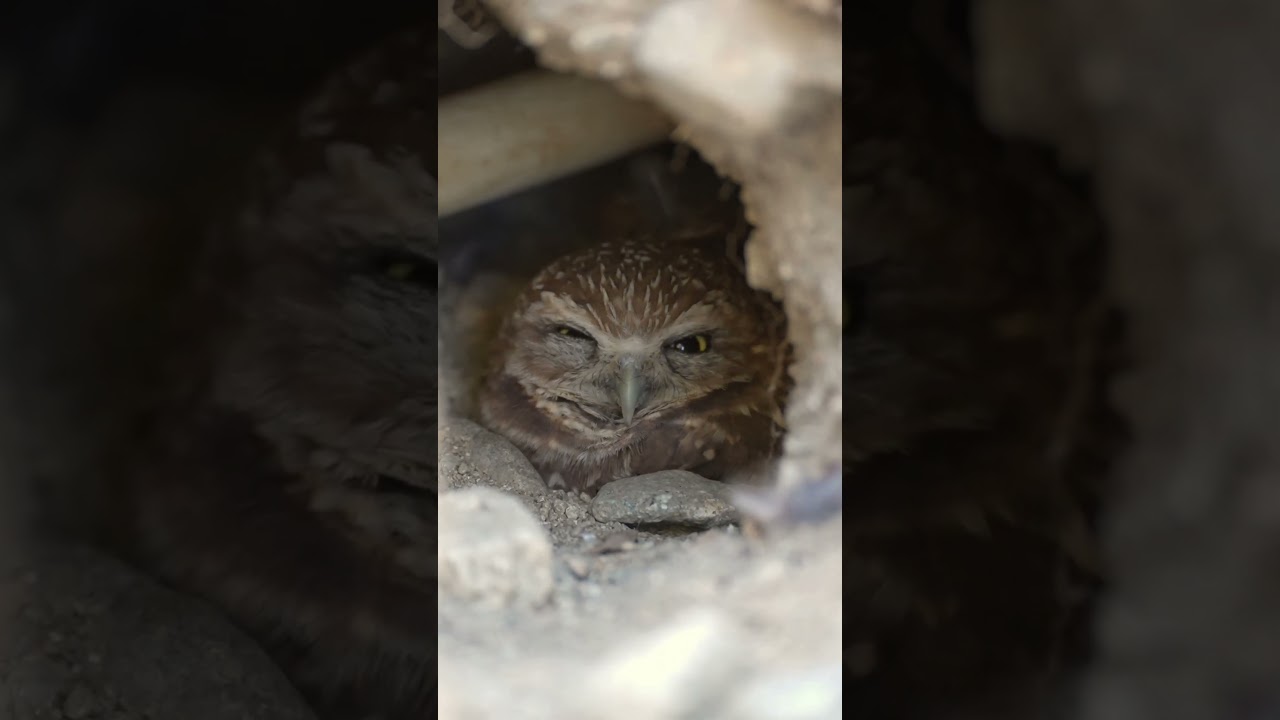- Overview of Whoooo’s that? 🦉✨ and its significance in wildlife conservation
- Detailed description of owl species featured in the [video_desc]
- Importance of habitat preservation and threats faced by owls
- Role of zoos in owl conservation and public education
- Conservation strategies and future outlook for owl populations
Whoooo’s that? 🦉✨ brings the enchanting world of owls to a wider audience, emphasizing their importance in wildlife conservation. Owls, with their distinct features and behaviors, play critical roles in various ecosystems. This initiative, featured in [video_desc], leverages both visual appeal and educational content to spread awareness about these majestic birds. Understanding the significance of such efforts is paramount for those invested in zoology, zoo management, and wildlife preservation.
The [video_desc] showcases several owl species, each with unique traits and ecological importance. Common species featured may include the Great Horned Owl, known for its powerful build and tufted ears, and the Barn Owl, easily recognizable by its heart-shaped face. These owls exhibit behaviors adapted to nocturnal life, such as keen hearing and silent flight. Understanding these characteristics not only highlights their adaptability but also underscores the need to protect their natural habitats.
Habitat preservation is crucial for owl conservation. Owls often reside in diverse environments such as forests, grasslands, and deserts. However, human activities, including deforestation and urbanization, threaten these habitats. For instance, the destruction of old-growth forests can drastically reduce nesting sites for species like the Spotted Owl. It’s essential to address these threats through both local and global conservation efforts.
Zoos play a vital role in owl conservation and educating the public. With proper zoo management, these institutions provide safe and enriching environments for various owl species. Zoos participate in breeding programs, research, and rehabilitation efforts. They also serve as educational platforms, raising awareness about the importance of wildlife conservation. By offering close-up encounters with owls, zoos inspire visitors to support conservation initiatives.
Several strategies are essential for the conservation of owl populations. Research and data collection help in understanding population dynamics and threats. Protecting and restoring habitats is fundamental. This involves planting native trees, controlling invasive species, and establishing protected areas. Public engagement, through both traditional and digital media, plays a key role in spreading awareness and garnering support for conservation actions.
Conservation outlook for owls relies on global cooperation and continued efforts in habitat protection, scientific research, and public education. As Whoooo’s that? 🦉✨ continues to enhance awareness, it also fosters a collective responsibility to preserve these magnificent birds for future generations.
*****
Source Description
Unlike other owls, burrowing owls nest in underground burrows, which are often repurposed burrows excavated by other wildlife, such as ground squirrels, prairie dogs, armadillos, kangaroo rats, snakes, and tortoises.
🤎 These owls are also diurnal, meaning they are most active during the daytime rather than at night. You’ll often spot them perched at the entrance of their burrows throughout the day.
#TheLivingDesert #BurrowingOwl #WhatASuperbOwl


